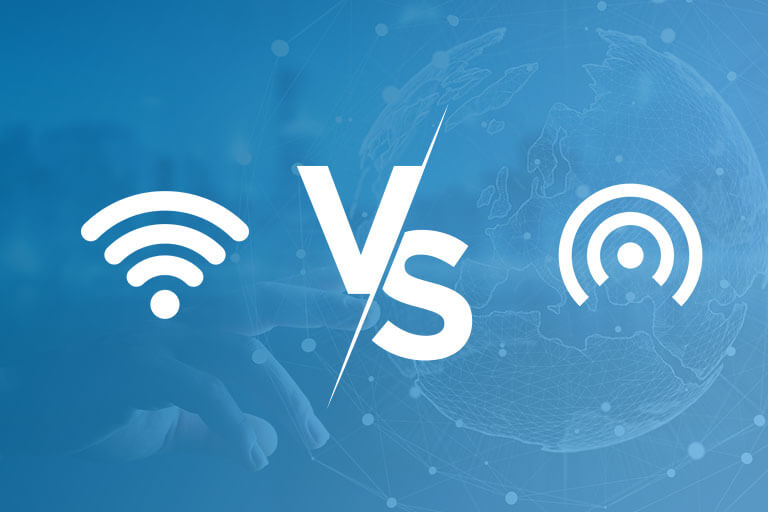Wireless internet sources, such as Wi-Fi and hotspots, bring convenience and flexibility to our personal and professional lives by allowing us to access a wide range of information, communicate with others, and complete tasks from any location.
While both technologies enable devices to access the internet wirelessly, there are still some differences between these two.
Wi-Fi
Wi-Fi allows a device, such as a phone or computer, to connect to the internet wirelessly, without the need for cables or wires. While connected to Wi-Fi, you can use the internet on your device without having to plug it into the router.
- Wi-Fi networks can be either private (e.g., a home network) or public (e.g., at an airport).
- It uses radio waves to transmit the signal between devices and the router, allowing users to access the internet without physical connections or cables.
- Most Wi-Fi networks are password-protected.
Hotspot
Hotspots, on the other hand, are locations where you can access the internet wirelessly, often through a wireless router or an access point.
- Hotspots can also be created by dedicated devices, such as tablets or smartphones, that share their internet connection with other devices.
- Hotspots may be free or require payment to use, depending on the location.
- Some hotspots may have restrictions or limitations on the amount of data that can be used or the type of content that can be accessed.
- Keep in mind that hotspots may have a limited range of connections.
Any conclusion?
Wi-Fi is a way for your device to access the internet wirelessly, while a hotspot is a physical location where you can use the internet.

